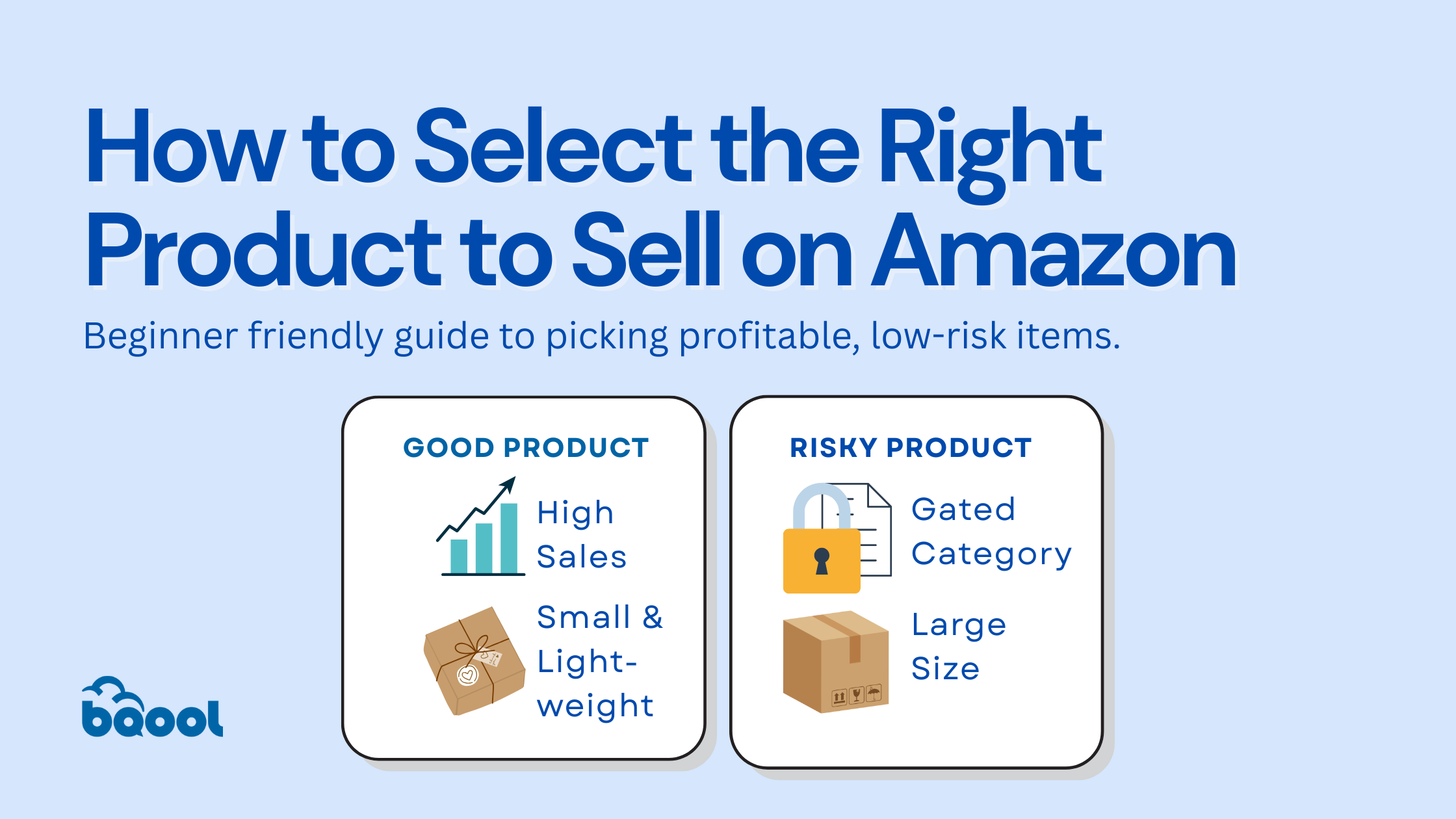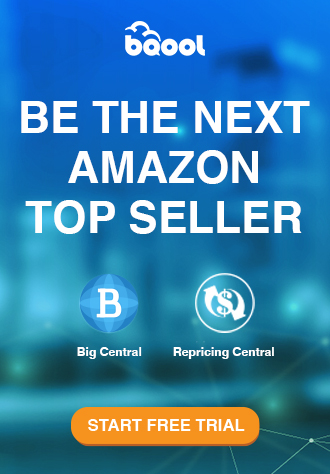How to Sell on Amazon in 2025: A Beginner’s Guide

How to Select the Right Product to Sell on Amazon
Choosing the right products to sell on Amazon can be daunting, especially with the wide variety of products available, it can be difficult to decide what you would like to focus on. By leveraging product research tools, understanding key metrics like Best Seller Rank (BSR), and navigating Amazon’s requirements, you can set yourself up for long-term success.
🎥Watch now to find out How to find profitable products to sell in under 5 mins
Product Research Tips for Beginners
Product research is the foundation of finding profitable products. Tools like Keepa and SellerAmp simplify this process by tracking pricing trends, sales history, and competition.
👉 Read our blog on How to Identify Profitable Amazon Products on Amazon
Understand Best Seller Rank (BSR)
BSR is a key metric that indicates how well a product is selling within its category. A lower BSR signifies higher sales velocity. For example:
- A product with a BSR of 1,000 in the Home & Kitchen category is selling significantly better than one with a BSR of 50,000.
- Target products with a BSR under 50,000 to ensure consistent demand, while a BSR under 10,000 may indicate a highly competitive market.
Use BSR alongside other factors like pricing trends and competition to identify products with both demand and profitability potential.
Prioritize Small, Lightweight Items
Smaller, lightweight products are cost-effective to ship and store, making them ideal for FBA sellers. For example, compact phone accessories are easier to manage than bulky furniture, keeping fees low and profits high.
Set a Sustainable Price Point
Aim for a profit margin of 15%–20% as a beginner and work toward 30% as you grow. Following the “⅓ rule” can help ensure profitability: if you sell an item for $30, aim to source it for $10.
Start Small and Test Demand
Order small quantities of products initially to gauge customer interest and market performance. For instance, test 10–20 units of a niche product to minimize risk before committing to bulk purchases.
💡Pro Tip: Use tools like Keepa to analyze historical sales data and spot products with stable demand and manageable competition.
Understanding PPC ROI (Pay-Per-Click Return on Investment)
Selecting the right products to sell isn’t just about identifying demand and profit margins; it’s also about ensuring they are cost-effective to advertise. Products with high PPC ROI potential – those that are easier and cheaper to promote – can give you an edge in Amazon’s competitive marketplace. By evaluating metrics like Advertising Cost of Sales (ACoS) and understanding category-specific benchmarks, you can make smarter product decisions that maximize both visibility and profitability.
🎥 Watch this video and find out how Craig tripled his sales and halved his ACoS in just 6 months
What Is PPC ROI?
Amazon’s PPC advertising helps boost product visibility by targeting relevant keywords. Tracking metrics like Advertising Cost of Sales (ACoS) helps ensure campaigns are cost-efficient.
How to Use ACoS in Product Selection
When choosing products, consider their potential PPC performance:
- Products with a lower category average ACoS are generally more cost-effective to advertise.
- Higher-margin products are better suited to absorb advertising costs, ensuring profitability even with moderate ACoS.
For example, a product in the Tools & Home Improvement category with an average ACoS of 24.8% and a CPC of $0.60 may offer better returns than a product in Beauty & Personal Care, which has an average ACoS of 44.1% and a CPC of $0.92.
🎥 Learn how to use BQool’s chrome extension to find profitable products and keywords
Leverage Category Benchmarks
Use Amazon’s Category Benchmark Reports to compare average ACoS and Cost-Per-Click (CPC) across categories. For example:
- Beauty & Personal Care: 44.1% average ACoS, $0.92 CPC
- Tools & Home Improvement: 24.8% average ACoS, $0.60 CPC
By understanding these benchmarks, you can select products that align with your advertising goals and budget.
Understanding Gated Products and Restrictions
Certain categories, such as Beauty, Jewelry, and Automotive, are gated, requiring sellers to gain approval. Although this involves extra steps, it often leads to reduced competition and better profit margins.
What Are Gated Products?
Gated products require documentation like invoices from authorized distributors or brand authorization letters to ensure marketplace integrity.
How to Identify Restricted Products
Tools like SellerAmp highlight gated items during product research, saving you time and effort. Work with reliable suppliers to secure necessary documentation and streamline the approval process.
😎 Get exclusive offers from BQool and Selleramp Integrations
Benefits of Selling Gated Products
Gated categories often feature less competition and higher margins. For instance, while selling in the Jewelry category may require an upfront investment in compliance, the reduced competition can result in significant profitability.
Common Gated Categories
- Jewelry
- Automotive & Powersports
- Fine Art
- Major Appliances
- Collectible Coins
💡 Read now for more detailed information on restricted products on Amazon








Leave a Reply